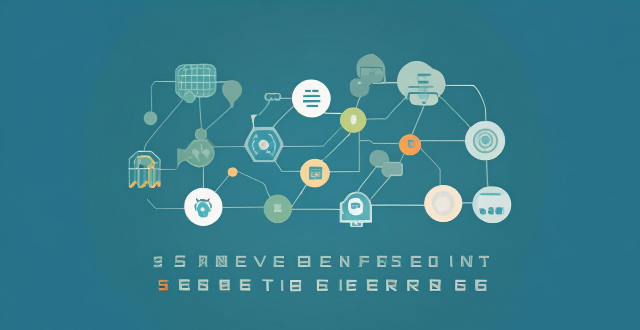Jailbreaking is the process of removing restrictions on iOS devices to install third-party apps and customize the device's appearance and functionality. It differs from rooting Android devices in terms of operating system, security risks, warranty implications, update compatibility, app ecosystem, community support, and legal considerations.

What does 'Jailbreaking' Mean in Relation to iOS Devices?
Jailbreaking is the process of removing restrictions imposed by Apple on its iOS devices, such as iPhones and iPads. This allows users to gain access to the root file system and install third-party applications, tweaks, and themes that are not available on the official App Store. Jailbreaking can also enable users to customize their device's appearance and functionality beyond what is normally possible through Apple's settings.
How is Jailbreaking Different from Rooting?
While jailbreaking is specific to iOS devices, rooting is a term used for Android devices. Rooting an Android device gives you similar benefits as jailbreaking, such as installing custom ROMs, tweaking system settings, and gaining access to the root file system. However, there are some key differences between the two processes:
1. Operating System: Jailbreaking applies to iOS devices, while rooting applies to Android devices.
2. Security Risks: Both jailbreaking and rooting can potentially compromise the security of your device, but the risks may differ depending on the specific methods used and the level of access granted.
3. Warranty Implications: Apple explicitly voids the warranty of any jailbroken device, whereas some manufacturers may choose to do the same for rooted Android devices.
4. Update Compatibility: Jailbroken devices may have difficulty updating to newer versions of iOS without losing their jailbreak status, whereas rooted Android devices can often still receive updates directly from the manufacturer or through custom ROMs.
5. App Ecosystem: The App Store has strict guidelines that developers must follow, which jailbreaking allows users to bypass. In contrast, the Google Play Store for Android is generally more open, with fewer restrictions on what kinds of apps can be published.
6. Community Support: The jailbreaking community tends to be focused on Apple devices, while the rooting community spans across various Android devices from different manufacturers.
7. Legal Considerations: While both jailbreaking and rooting are legal in many countries, they may violate terms of service agreements with carriers or manufacturers, potentially leading to service disruptions or other consequences.
In summary, while jailbreaking and rooting serve similar purposes in granting users greater control over their devices, they apply to different operating systems and come with unique considerations regarding security, warranty, and software compatibility.